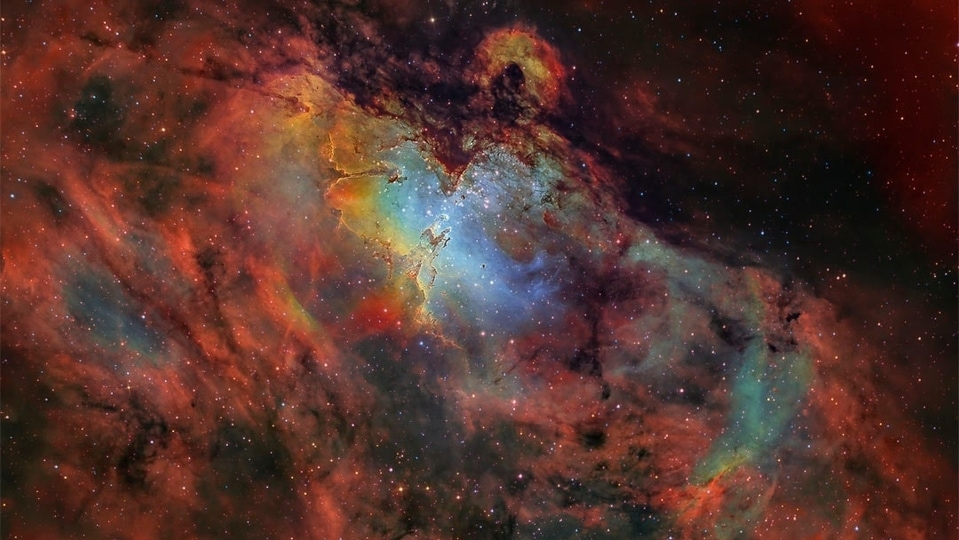Spectacular NASA Astronomy Pictures of the Week: Eagle Nebula, Dark Sunspots and more
Astronomy Picture of the Day, published by NASA on a daily basis, showcases snapshots by astrophotographers from various parts of the globe. This week’s best pictures include stunning snapshots of the Eagle Nebula, Dark Sunspots, Curly Spiral Galaxy, and more.
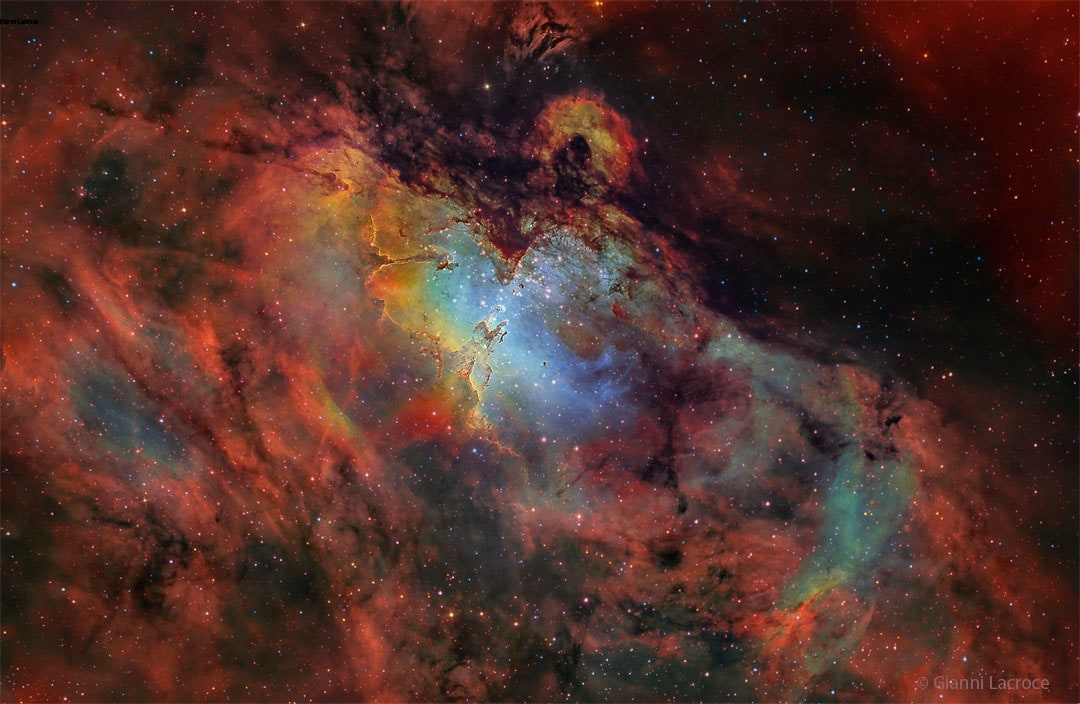
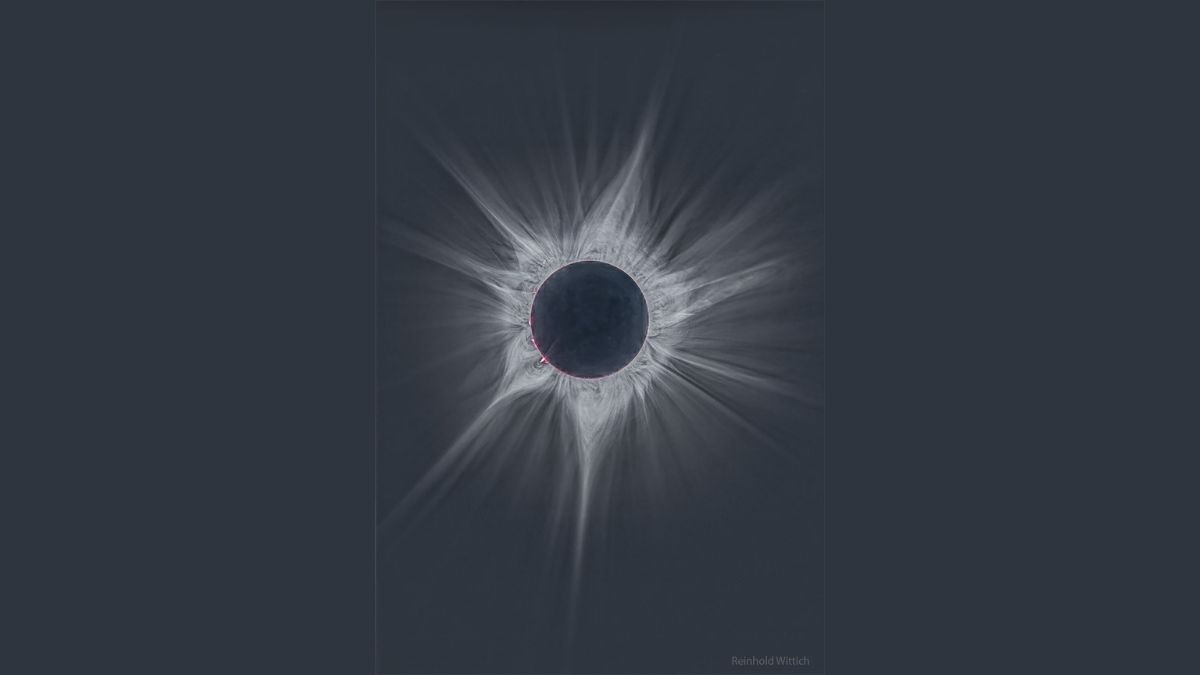
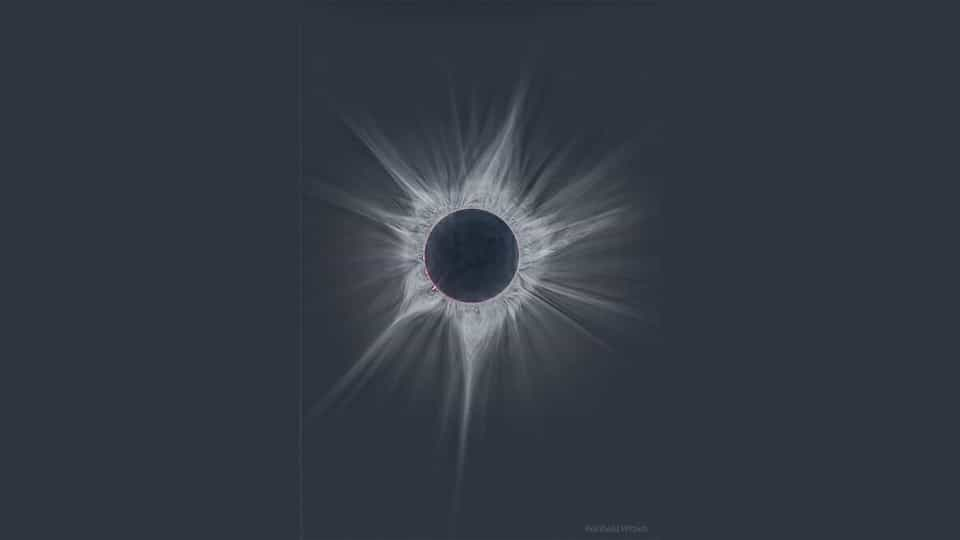
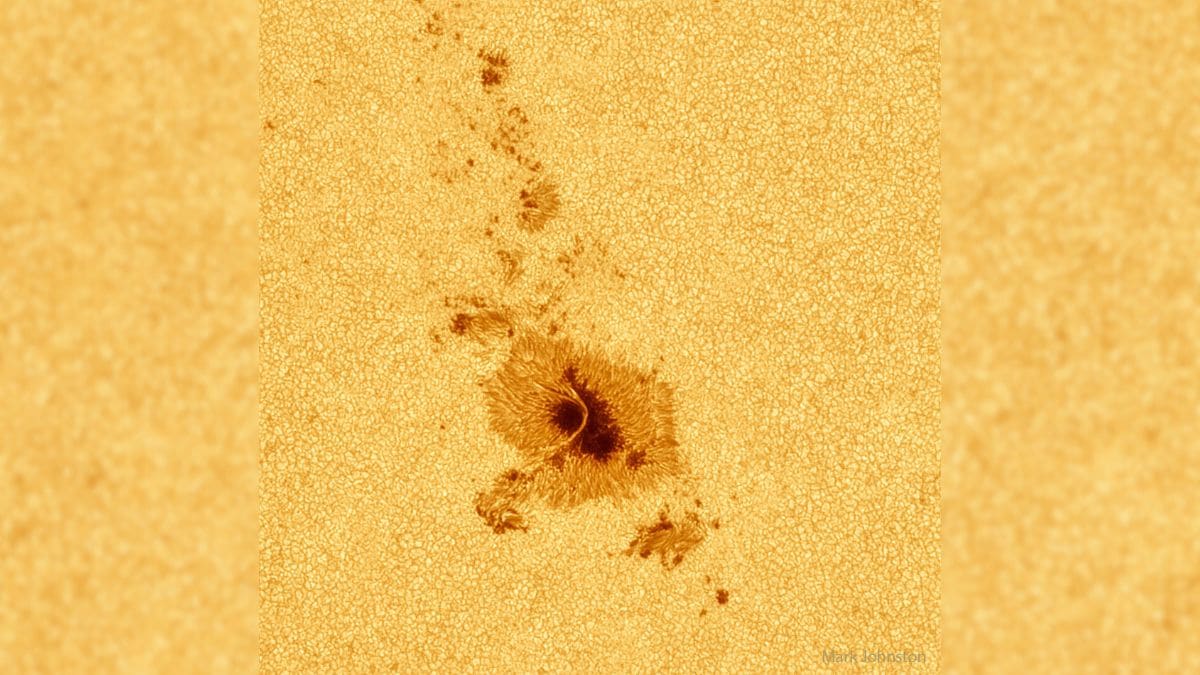

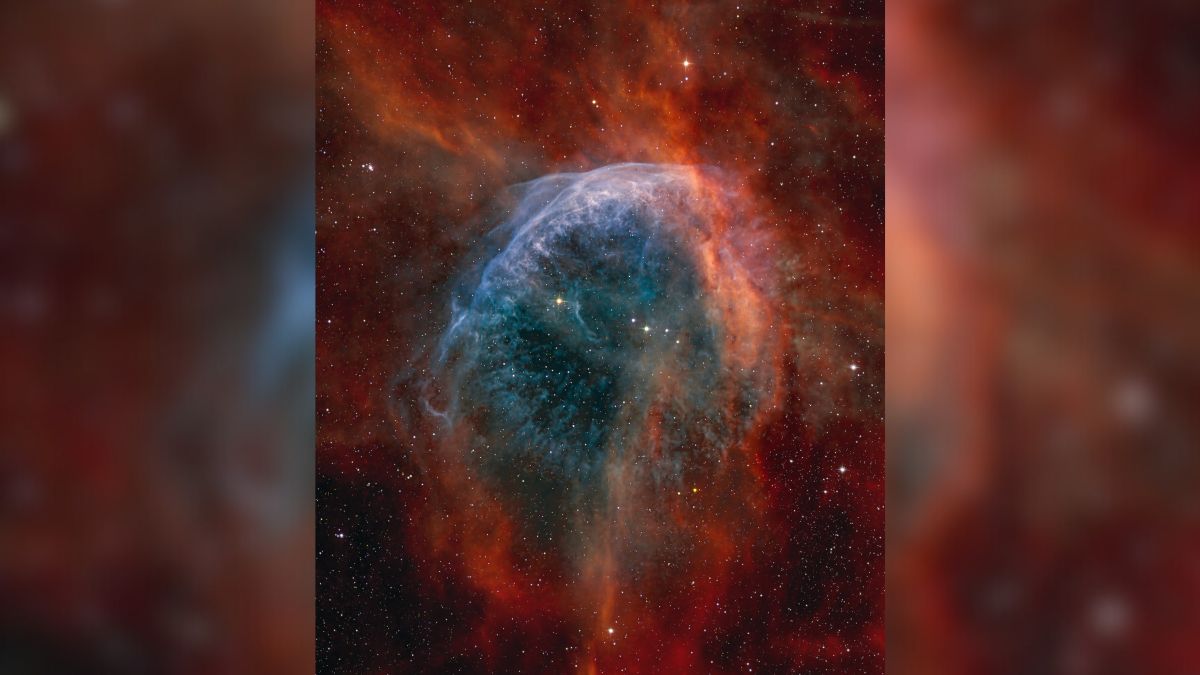

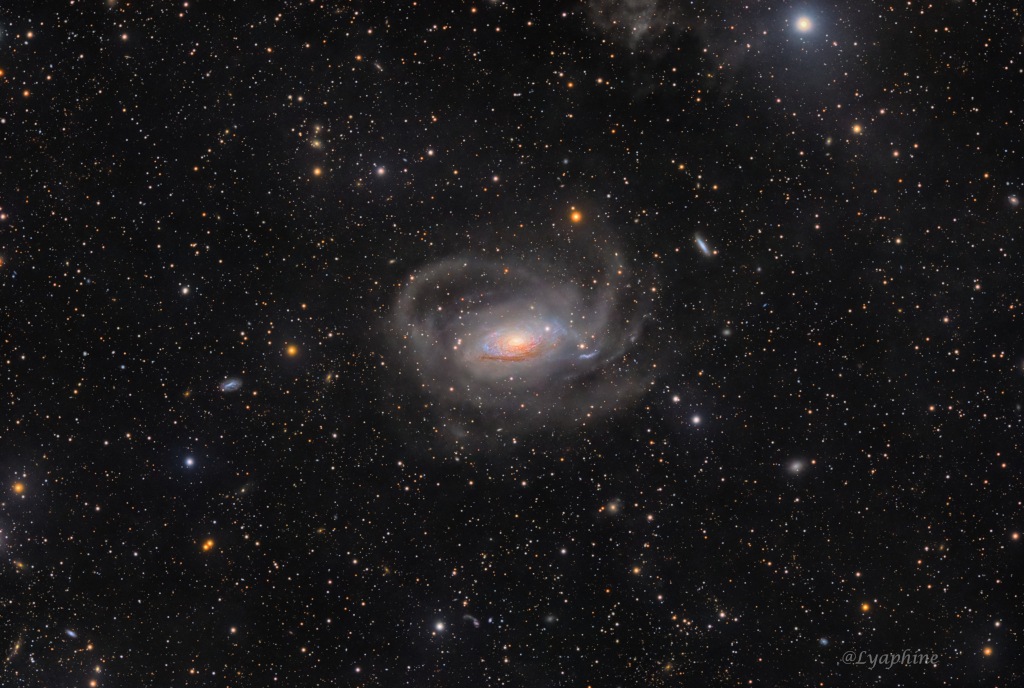

First Published Date: 19 May, 16:50 IST
NEXT ARTICLE BEGINS


